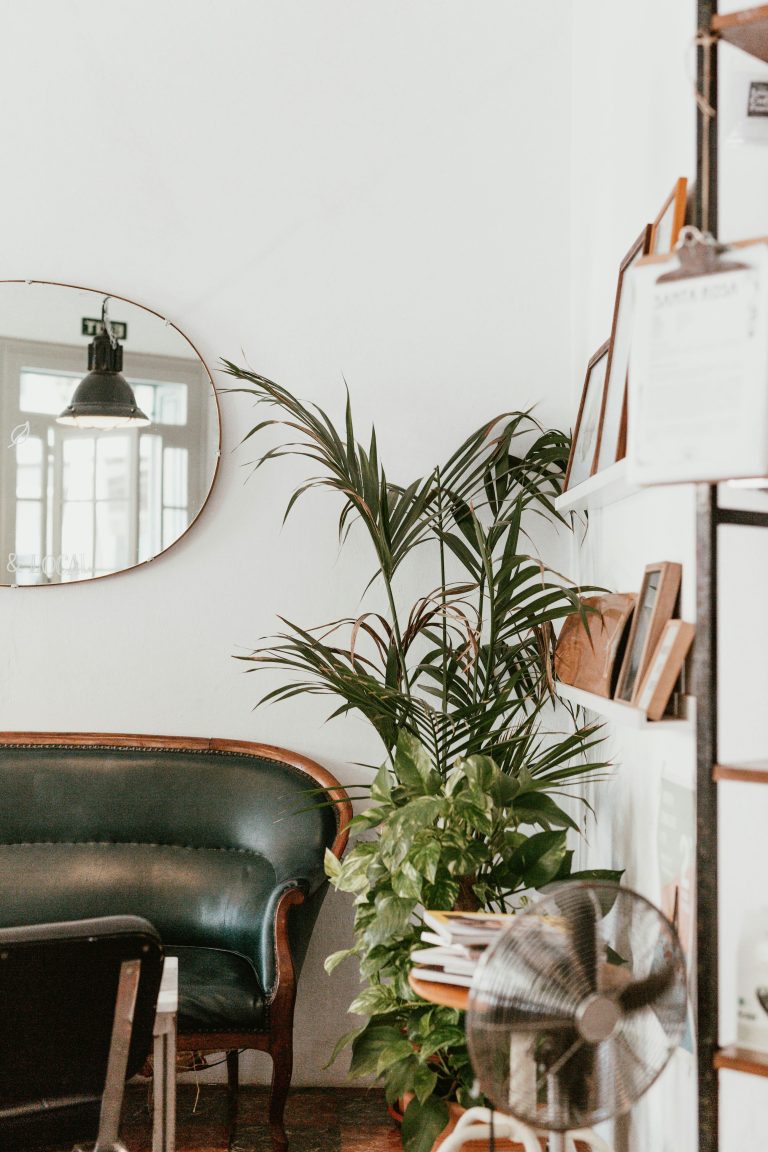We’ve written plenty of articles on glass features on Home Senator before. Everything from how to revamp your bathroom to why glass garage doors are the latest trend. Today, though, we are going to turn our attention to glass bending.
Glass bending, a technique that allows the shaping of glass at high temperatures, has a storied history that intersects art, industry, and innovation. Tracing its origins back to ancient times, glass bending was revolutionized in the 20th century with advancements in technology and manufacturing.
However, it was the pioneering work of artists and architects like Alvar Aalto and Frank Lloyd Wright who brought curved glass into the modern era, demonstrating its potential in creating fluid, organic shapes in architecture and design.
Today, glass bending is emerging as a cutting-edge trend in interior design, particularly for residential spaces, offering a blend of form, function, and futuristic aesthetics.
For instance, New York City is becoming a bit of a hotbed for glass bending, where designers are producing artisanal and custom glass bending for consumers. It is also very popular in regions of Europe like Italy and Scandinavian countries.
So, without further ado, let’s look into some of the main reasons why glass bending has become so popular of late…
1. Enhancing Spatial Dynamics
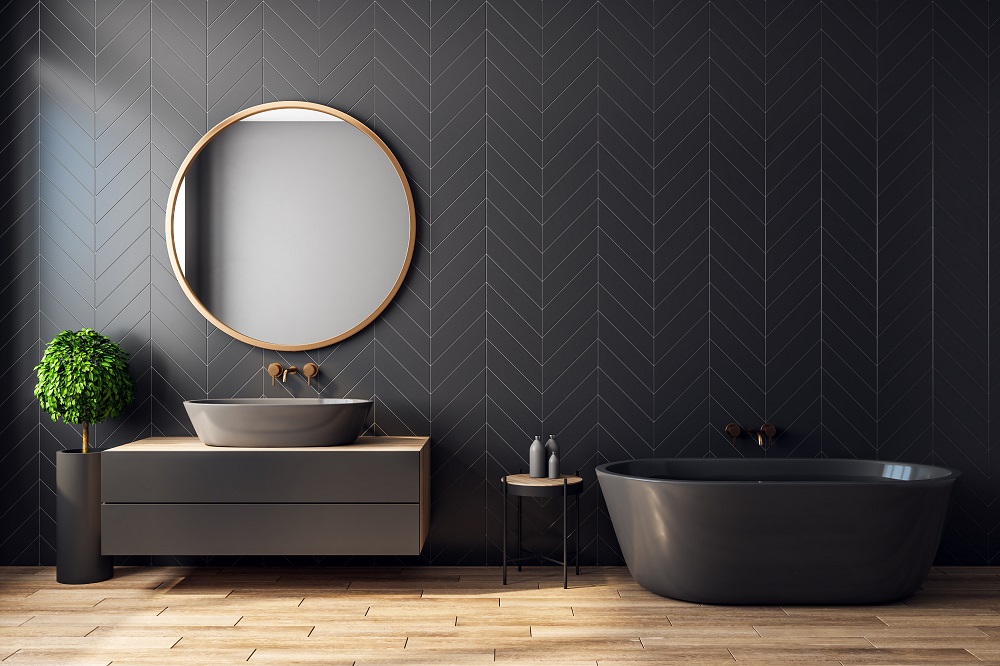
Glass bending introduces a new dimension to interior spaces by breaking away from traditional straight lines and angular forms. Curved glass can be used to create partitions, room dividers, and even sculptural elements that flow seamlessly with the interior architecture.
This fluidity can make spaces appear more expansive and dynamic, challenging the conventional boundaries of room layouts. The curved lines introduced by bent glass add a softness and continuity that can make homes feel more cohesive and visually interesting.
2. Amplifying Natural Light
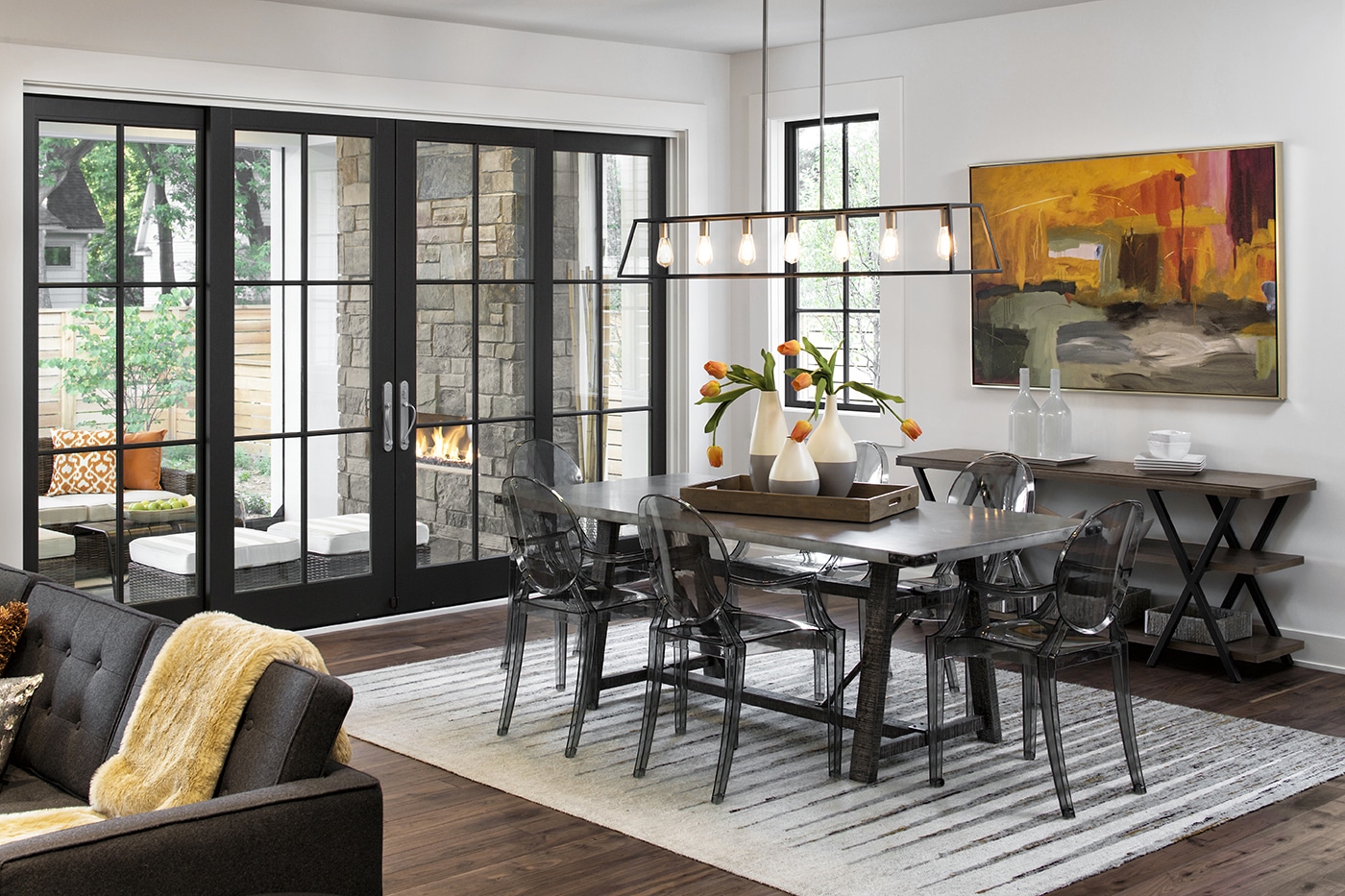
The use of bent glass in windows, doors, and skylights opens up new possibilities for natural light to permeate interior spaces. Unlike flat glass, curved glass can capture and distribute light in unique ways, creating luminous environments that change throughout the day.
This not only enhances the aesthetic appeal of a home but also promotes well-being by increasing exposure to natural light.
Furthermore, the translucency of glass maintains privacy while inviting a connection with the outdoors, making it an ideal choice for homes looking to blend indoor and outdoor living.
3. Creating Visual Impact
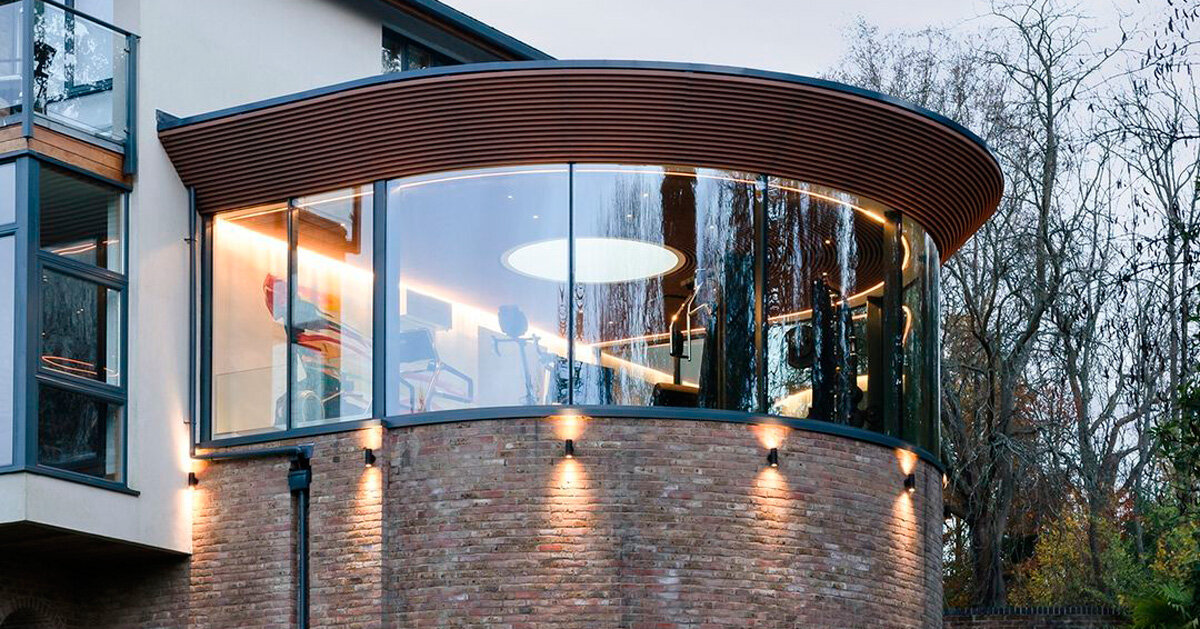
In the realm of interior design, first impressions matter. Bent glass features serve as striking visual elements that can define the character of a home.
Whether it’s a sweeping staircase with glass railings, a bespoke shower enclosure, or a custom light fixture, curved glass adds a touch of elegance and sophistication. These features can become focal points in a room, drawing the eye and sparking conversation.
The bespoke nature of glass bending also means that each piece can be tailored to fit the specific style and requirements of a home, ensuring a unique and personalized touch.
4. Enhancing Energy Efficiency

Advancements in glass bending technology have also improved the thermal properties of curved glass, making it a practical choice for energy-efficient home design.
Double-glazed and thermally treated bent glass can help regulate indoor temperatures, reducing the need for heating and cooling. This not only contributes to a more comfortable living environment but also lowers energy consumption and costs.
The ability to integrate these features without compromising on style or aesthetics makes bent glass an appealing option for eco-conscious homeowners.
5. Offering Versatility in Design
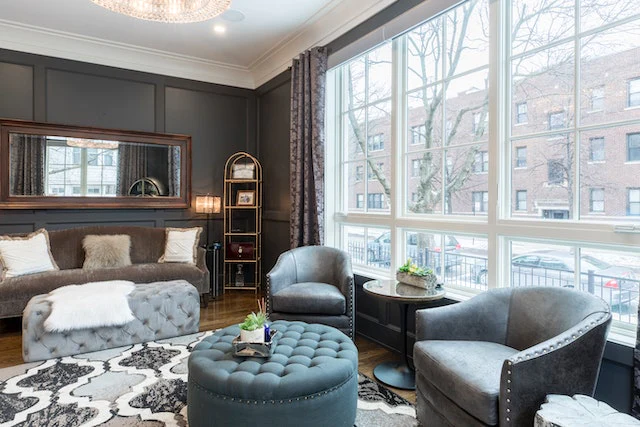
The versatility of glass bending allows for its application in a wide range of design styles, from modern to traditional.
It can be used to create sleek, contemporary looks or integrated into more classic decors with the use of tinted or textured glass. The adaptability of bent glass makes it a valuable tool for designers looking to push the boundaries of what’s possible in interior design.
Whether it’s creating seamless transitions between spaces, adding a layer of luxury to a bathroom, or crafting an inviting entryway, bent glass provides endless possibilities for customization and creativity.
Glass bending is redefining the boundaries of interior design, offering innovative solutions that combine beauty, functionality, and sustainability.
Its ability to enhance spatial dynamics, amplify natural light, create visual impact, improve energy efficiency, and offer design versatility makes it a burgeoning trend in residential design.
As technology and techniques continue to evolve, the future of glass bending in homes looks promising, promising to bring more fluid, illuminated, and personalized spaces to life.

